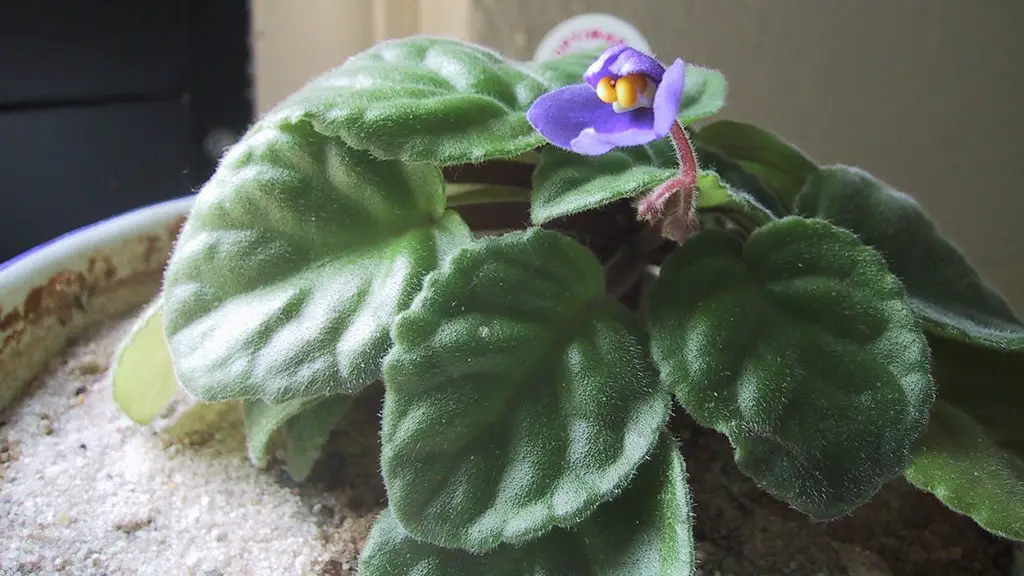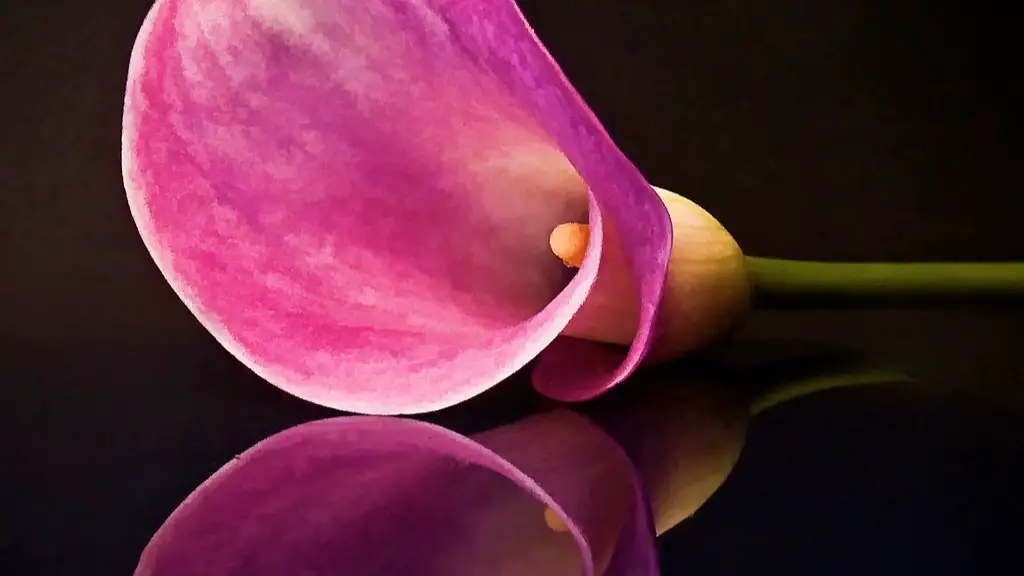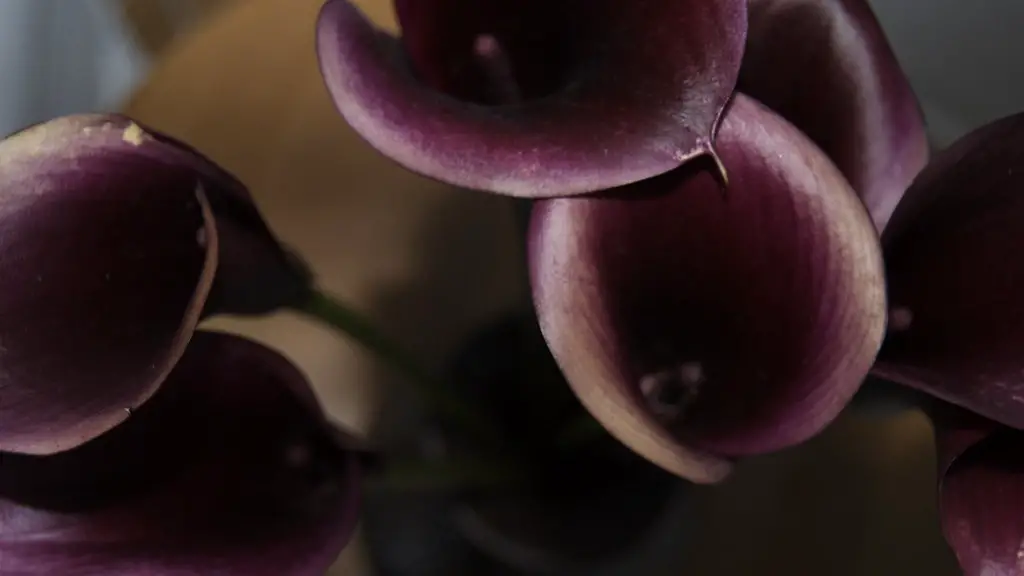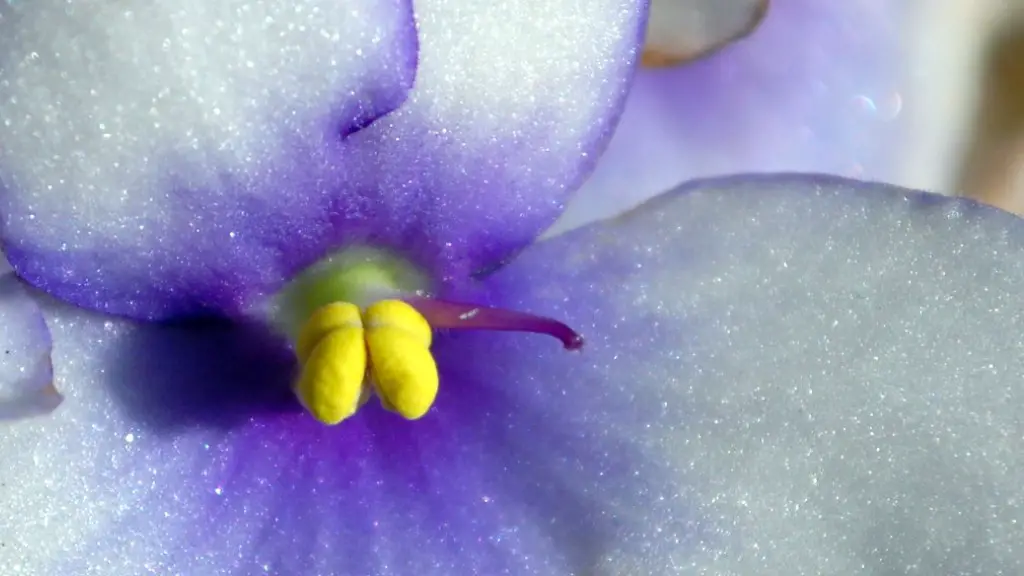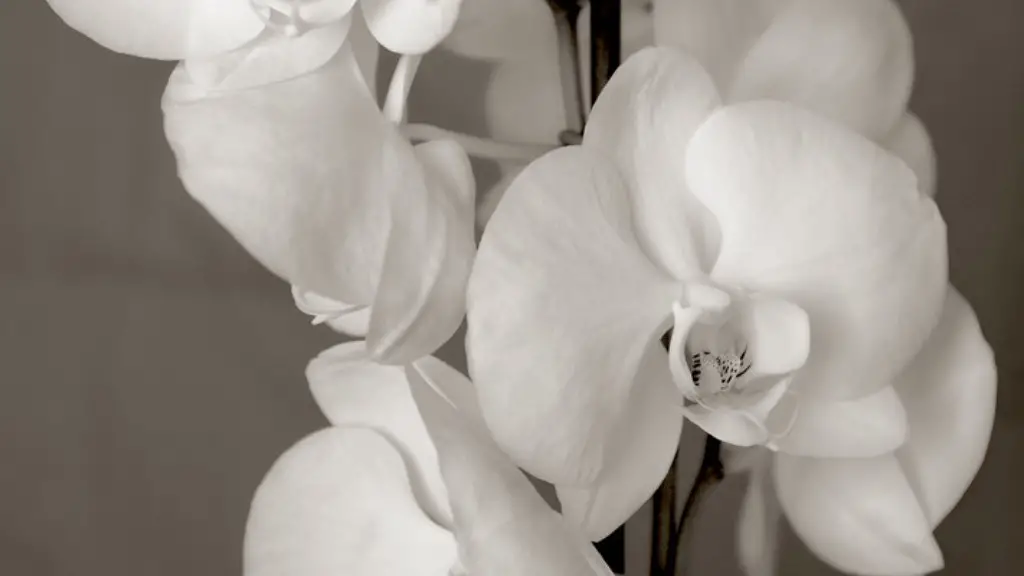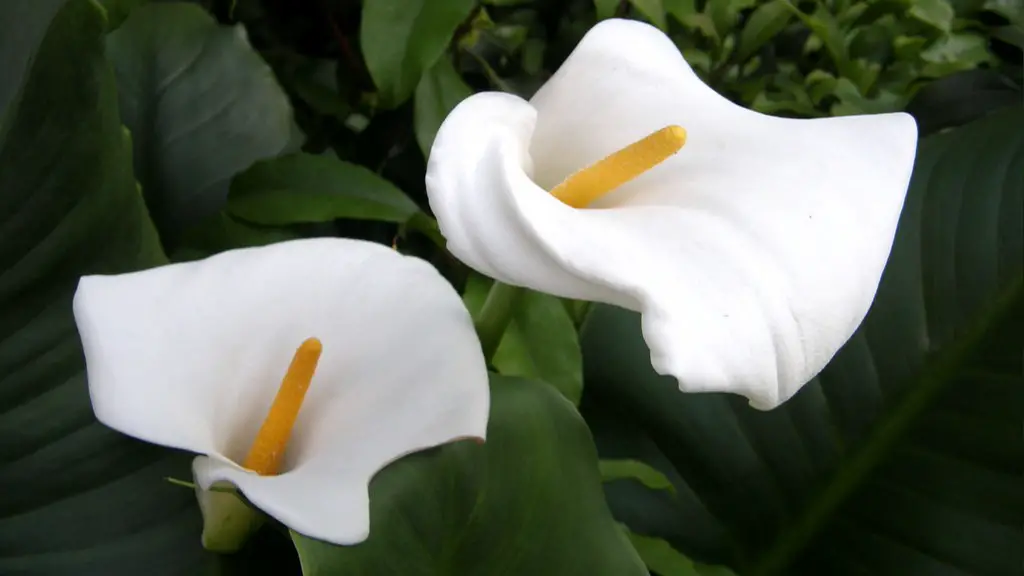African violets are small, delicate flowers that are native to Africa. They are grown in many parts of the world and are a popular houseplant. African violets need moist, well-drained soil and bright, indirect light. They should be watered when the soil is dry to the touch. Overwatering can cause the leaves to yellow and drop off.
African violets need to be watered about once a week, giving them a good soaking so that water runs out of the drainage holes in the bottom of the pot.
How do I know if my African Violet needs water?
If the top of the soil feels dry to the touch, then it is time to water African violets. African violets should be allowed to dry out between each watering for best results. Overwatering can kill a plant. The fine roots of an African violet need air, which cannot penetrate a soggy wet soil mass.
Watering your plant correctly is essential to keeping it healthy and encouraging blooming. The soil should be kept moist to dry, and the roots should be allowed to dry out before watering again. The best way to water your plant is from the bottom, using room temperature water. Place the pot in a bowl or sink of water and allow the plant to absorb the water for no more than 30 minutes.
Do African violets need direct sunlight
African violets are a beautiful and popular plant, but they can be finicky when it comes to their light needs. They need indirect sunlight, as direct sunlight can burn the leaves. The best place to keep them is in a north- or east-facing window, where they will get the best light. It’s also important to keep them away from cold glass and to rotate the pot once a week so all leaves receive light. In winter, when there is less natural light, you can extend the daylight hours for your African violets by placing them under a grow light.
If you want your plants to have the best color and blooms, grow them in bright, indirect light. A plant stand three feet away from a west- or south-facing window is an ideal location. Plants will still grow when situated right beside north- or east-facing windows, but leaves will be thin and spindly, and plants less likely to bloom.
Can I water African violets with tap water?
It’s important to be aware of the quality of your tap water when you’re growing African violets. Chlorine levels can fluctuate depending on the season, and in some areas the water may have high levels of chlorine, chloramines, or dissolved solids. These things can all adversely affect your plants. If you’re unsure about the quality of your tap water, it’s best to use filtered or distilled water to be safe.
It is important to water African violets carefully, as they are susceptible to crown rot. Do not mist the foliage, as this may cause permanent leaf spotting. Use room-temperature water, and be careful not to saturate the crown of the plant.
What do Overwatered African violets look like?
If your African Violet plant has been over-watered, the soil will retain too much water This retention of water will cause the leaves and /or leaf stems to turn soft, limp or mushy. The best way to save an overwatered African Violet is to allow the plant to dry out completely between waterings. If the leaves are already mushy, you can try to salvage the plant by removing the leaves and replanting them in dry soil.
African violets need to be repotted every 2-3 years in order to keep them healthy and allow them to continue to bloom. Ryan McEnaney, public relations and communications specialist for Bailey Nurseries, recommends repotting these blooms every 2-3 years. “African violets have a very long lifespan and have been said to last up to 50 years,” says McEnaney. “Repotting them every 2-3 years will help them to continue to bloom and stay healthy.”
Do African violets like to be watered from the bottom
The best way to water an African violet plant is from the bottom up. Place your plant in a shallow tray of water for 30 minutes, allowing the soil to soak up the water through the drainage holes at the bottom of the pot. This will ensure that your plant gets the moisture it needs without getting the leaves wet, which can lead to problems like rot.
To ensure your African violet thrives, it is important to choose a pot that is slightly smaller than the size of the plant. A pot that is 3-4 inches in diameter is ideal for a standard African violet plant. This will help to keep the plant pot-bound, which is necessary for its health and growth.
What causes an African violet not to bloom?
African violets need bright, indirect sunlight in order to bloom well. Too little sunlight will cause them to stretch for the light and produce few or no flowers, while too much sun can burn the leaves. An east-facing window is ideal, especially with a sheer curtain to block the sun’s harshest rays.
African violets need fertilizer to stay healthy and bloom throughout the year. During the spring and summer, fertilizer should be applied every two weeks. In the fall and winter, no fertilizer should be applied to prevent over-fertilization.
How do I force my African violet to bloom
African violets are finicky flowers, but with a little love and attention, you can get them to bloom again. Here are 8 tips:
1. Let There Be Light – African violets need 12-16 hours of bright, indirect light each day in order to bloom. If your plant is not getting enough light, it may stop blooming.
2. Turn Up the Humidity – African violets love humid conditions. Try placing your plant on a tray of pebbles and water or use a humidifier to increase the humidity around your plant.
3. Replenish Essential Nutrients – African violets need to be fertilized regularly in order to bloom. Use a high-quality African violet fertilizer and follow the directions on the package.
4. Keep it Pleasant – African violets like it to be warm and humid, but not too hot or too cold. Avoid drafts from windows or doors and protect your plant from sudden temperature changes.
5. Choose the Right Soil – African violets need a light, well-draining soil. Be sure to use a pot with drainage holes and avoid getting the leaves wet when watering.
6. Protect From Pests
African violets are a beautiful flower that has a lot of meaning behind it. The main meaning of African violets is devotion, commitment, and faithfulness. These flowers are usually given to someone that the giver is very close to and they want to show how much they appreciate and love them. African violets can also be given as a way to show that the person is very important to the giver and that they will always be there for them.
What pots are best for African violets?
If you’re looking for the best pots for African violets, we’ve got you covered. We’ve rounded up six great options, all of which are sure to keeping your plants healthy and happy.
Mkono 3 Pack Self Watering Plastic Planter: These self-watering plastic pots are a great option for those who want an easy way to water their plants. The Mkono planters come with a water reservoir that helps to keep the soil moist, and they also have a drainage hole to prevent overwatering.
Ceramic Pot with Saucer: This ceramic pot is a great option for those who want a classic look for their plants. It comes with a saucer to catch any excess water, and it has a drainage hole to prevent overwatering.
Blue Self Watering Ceramic Planter: This self-watering ceramic planter is a great option for those who want an easy way to water their plants. The planter has a water reservoir that helps to keep the soil moist, and it also has a drainage hole to prevent overwatering.
Aquaphoric Self Watering Planter: This self-watering planter is a great option for those who want an easy way
The answer is yes you can get African violet leaves with not a problem at all however You must use a rooting hormone on the leaves to make sure that they will take off and grow into new plants. I would suggest using a powder rooting hormone as it will give the leaves the best chance to grow.
Warp Up
African violets need water every one to two weeks.
From the research it appears that African violets need on average about 1″ of water a week. This can be achieved through watering the soil directly, or by using a self-watering system. It is important to not over or underwater African violets as this can lead to leaf drop or other problems.
